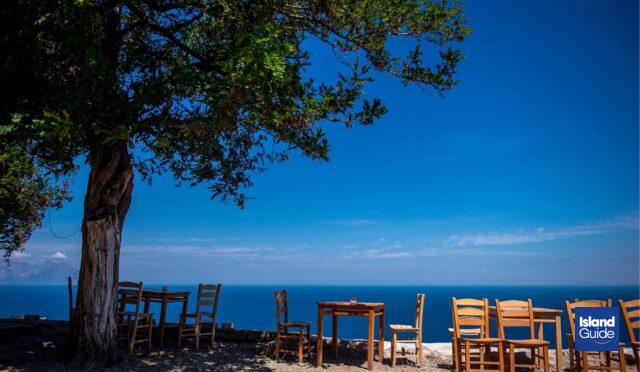Corsica Island, located in the heart of the Mediterranean, offers a mysterious and enchanting beauty. As an autonomous region of France, this island is like a time capsule, with its deep history, natural riches, and unique culture waiting to be explored. In this article, we will focus on Corsica’s unique story and serve as your guide on the journey of discovery through this magnificent island.
Corsica, an island in the western Mediterranean, is the fourth-largest island in France. Surrounded by the sea, this geographical gem has been influenced by many civilizations throughout history and has developed its own distinct culture. Corsica Island is renowned for its natural beauty, historical structures, and warm-hearted people.
Situated just north of Italy’s Sardinia Island and accessible from the French mainland by sea, Corsica’s strategic location has attracted the interest of various civilizations throughout its history, leading to the development of a rich culture.
The purpose of this article is to guide those who wish to explore this unique island by narrating Corsica’s rich history, natural beauty, cultural heritage, and tourist attractions. Get ready to become acquainted with Corsica’s mysterious atmosphere and create unforgettable memories on this enchanting island.
Are you ready? Then let’s step into the magical world of Corsica.
Table of Contents
Where Is Corsica Island?
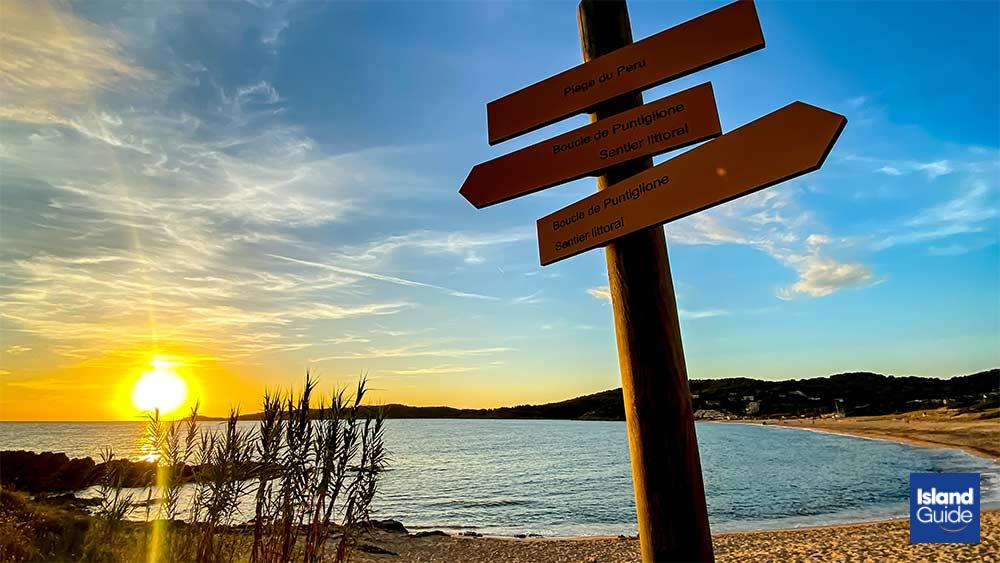
Corsica Island is located in the western Mediterranean as an autonomous region of France. Geographically, it is situated north of Italy’s Sardinia Island and can be reached by sea from the French mainland. The main cities on the island include Bastia, Ajaccio, Calvi, and Bonifacio.
Geographical Features
Corsica is home to captivating natural landscapes, featuring a mountainous and rugged terrain. The mountain range that stretches from the east to the west of the island adds a unique character to Corsica’s silhouette. Additionally, Corsica Island is renowned for its turquoise waters, beaches, and natural coves that surround it.
Transportation
Access to Corsica is typically by sea or air. Various points on the island can be reached by ferries. Moreover, international flights to major cities like Bastia, Ajaccio, and Calvi provide access to the island by air.
Cultural and Historical Context
Corsica’s location has led to the influence of various cultures throughout its history. Italian, French, and Corsican cultures together form the rich mosaic of the island. This unique cultural blend has enhanced Corsica’s historical and cultural significance.
The geographical location of Corsica Island has not only made it a center of attraction for its natural beauty but also for those interested in exploring its historical and cultural richness. Are you now ready to take a step closer to the historical depths and cultural riches of the island?
How to Get to Corsica Island?
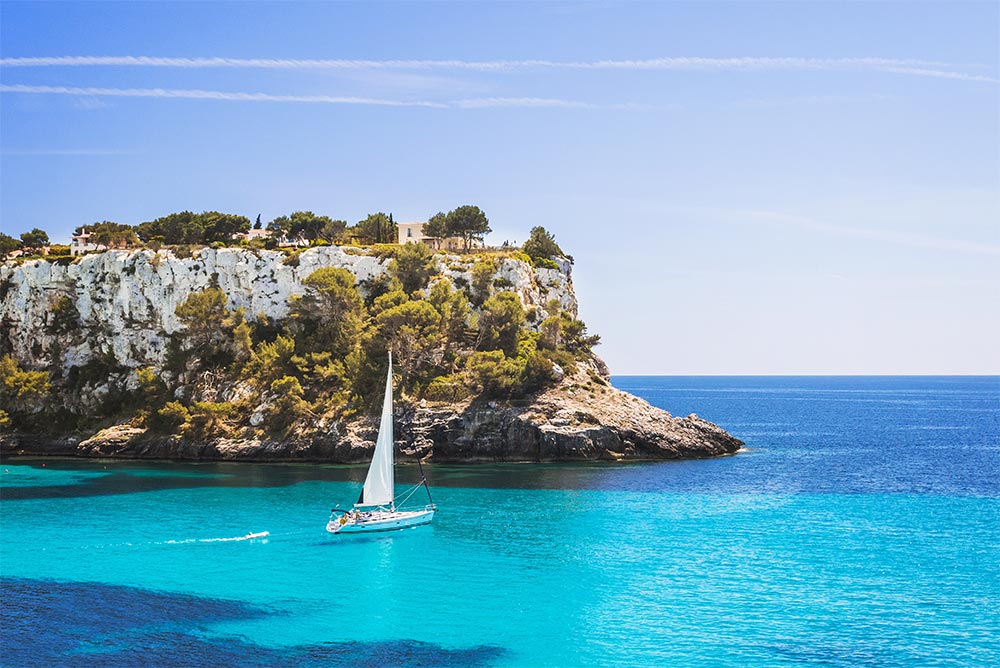
There are several options to reach Corsica Island. Here are the main ways to get to Corsica:
By Air
The fastest way to reach Corsica is often by air travel. You can easily reach Corsica through international flights to the island’s major cities. Airports in cities like Bastia, Ajaccio, and Calvi have connections to various European cities. By making reservations in advance and planning your travel dates, you can find the most convenient flights for your journey to Corsica.
By Sea
Transportation to Corsica Island by sea is also quite popular. You can reach the island through ferry services operated from French and Italian ports. These ferries are typically scheduled as both daytime and overnight journeys, offering flexibility for your travel. Ports like Bastia, Ajaccio, Calvi, and L’Île-Rousse are the main ferry destinations for reaching the island.
By Road
If you are located on the French mainland, it is also possible to reach Corsica by road. You can drive or take a bus from various cities on the French mainland to a port, and then proceed to Corsica by ferry. This travel option allows you to explore the scenic beauty of the surroundings during your journey.
The variety of transportation options to Corsica provides visitors with the opportunity to have different experiences. Regardless of the travel method you choose, Corsica Island’s enchanting atmosphere is ready to welcome you. Now is the time to make your plans to reach the island!
Corsican History
Corsica Island has a rich historical past that bears the traces of many civilizations throughout history. The history of this island has been shaped by wars, conquests, and cultural interactions.
Ancient Period
In ancient times, Corsica was influenced by civilizations such as the Etruscans, Greeks, and Carthaginians. Controlled by the Carthaginians in the 4th century BC, the island became a part of the Roman Empire. During the Roman era, Corsica became an important center for agriculture and prospered.
Medieval Period
Throughout the Middle Ages, Corsica changed hands between Vandal, Gothic, and Byzantine governments. In the 9th century, Corsica came under the control of the Republic of Genoa. The Genoese built fortresses and walls on the island, making it a strategic outpost.
Genoese Rule
Under Genoese control, Corsica went through a period marked by constant rebellions and conflicts. The local population initiated numerous uprisings against Genoese rule. During this time, one of the significant figures in Corsican history, Pasquale Paoli, who is considered Corsica’s national hero, emerged. Paoli fought for Corsica’s independence in the mid-18th century and established the Corsican Republic.
French Rule
After the French Revolution in 1789, Corsica was annexed by France. During this period, the island underwent various social and political changes. Corsica became more intertwined with French culture, but the legacy of Pasquale Paoli and Corsica’s pursuit of freedom continued to thrive.
Modern Era
In the 20th century, Corsica experienced economic revitalization alongside developments in the tourism sector. Today, Corsica continues to captivate visitors with its historical treasures, natural beauty, and cultural heritage.
Corsica’s history presents a story that spans from its turbulent past to its current tourist allure. In every corner of the island, you can enjoy an atmosphere filled with historical traces.
Corsica’s Cultural Heritage
Corsica Island hosts a rich and diverse cultural heritage, encompassing the historical, linguistic, and traditional aspects of the island. Understanding Corsica Island’s cultural heritage means delving into the depths of the island.
Language and Music
Corsica is an autonomous region with its own language. Corsican language (Corsu or Corsican) is a Romance language that has developed under the influence of Italian and French. Even today, the Corsican language spoken among the local population remains an important element that strengthens the island’s cultural identity.
Music is a significant part of Corsican culture. Polyphonic songs are a distinct feature of traditional Corsica Island music. Typically performed by male choirs, this music genre reflects the atmosphere of Corsica’s mountains, offering emotional depth.
Traditional Festivals and Events
Corsica hosts a range of colorful festivals and events. These include winter festivals like “Carnaval de Venaco,” traditional celebrations such as the “Chestnut Festival,” and music events like the “Calvi Jazz Festival.” These festivals bring the local community together, showcase traditional dances, and allow the sharing of the island’s cultural riches.
Historical Buildings and Monuments
Corsica boasts a rich heritage of historical buildings and monuments. Important places such as the historical walls of Calvi, the old harbor of Bonifacio, and the Bonaparte House in Ajaccio shed light on the island’s past. Additionally, Corsica University in Corte emphasizes the island’s significance in education and culture.
Traditional Handcrafts
Corsica Island also has a rich tradition of traditional handicrafts and craftsmanship. Ceramic work, cast ironwork, and local textile products are just a few examples of the island’s crafts. These handicrafts reflect the creativity of Corsica’s local artists and artisans, offering a unique aesthetic specific to the island.
Corsica’s cultural heritage, combined with its historical and geographical features, provides a unique experience. Visitors can take a closer look into the depths of the island through Corsica’s cultural riches.
What are the Structures of Corsica Island?
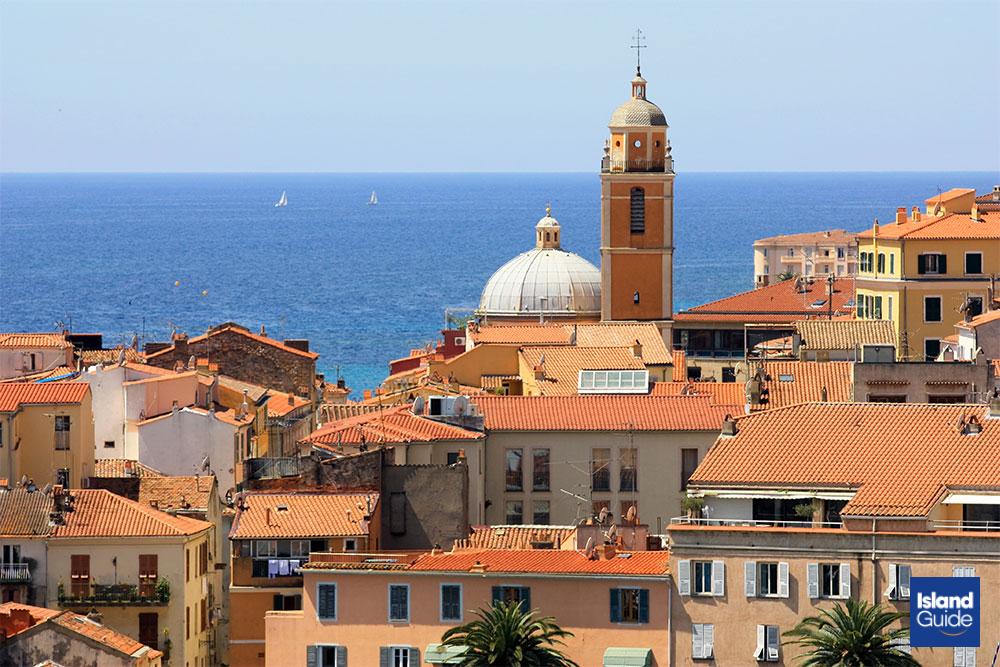
Corsica Island has been influenced by various cultures throughout its history, and this diversity has shaped the architectural heritage of the island. Corsica’s historical structures offer visitors a unique atmosphere that reflects the island’s rich past.
Calvi Citadel
Located in Calvi, this impressive citadel is an example of Genoese architecture. Built in the 15th century, the citadel served the purpose of protecting the city from a high vantage point. Today, it offers visitors a historical journey and stunning sea views.
The City and Citadel of Bonifacio
Bonifacio, a historic city perched on high cliffs above sea level, is known for its walls and narrow streets. The Bonifacio Citadel is one of the island’s most famous structures and offers a magnificent sea view.
Ajaccio Cathedral (Cathédrale d’Ajaccio)
Located in the heart of Ajaccio, this cathedral was built by the Genoese in the 16th century. Visitors can also explore the house where Napoleon Bonaparte was born within the cathedral’s vicinity.
Corte Citadel (Citadelle de Corte)
Situated in the inland regions of Corsica, Corte Citadel played a central role in the island’s struggle for independence. The citadel overlooks the town from a high position and is home to the University of Corsica in Corte.
L’Île-Rousse Tower (Tour de l’Île-Rousse)
Located in the port of L’Île-Rousse, this tower is an example of Genoese architecture. Built in the 18th century, the tower holds many stories of the island’s historical past.
Sant’Antonino
This historic village is one of Corsica’s oldest settlements. With its stone houses dating back to the Middle Ages and narrow streets, Sant’Antonino showcases a glimpse of traditional village life in Corsica.
These structures not only showcase Corsica Island’s historical and cultural richness but also reflect the architectural diversity of the island. Each of these buildings, with its unique story, offers visitors an opportunity to pay tribute to Corsica’s past and experience the enchanting atmosphere of this captivating island.
The Natural Beauties of Corsica
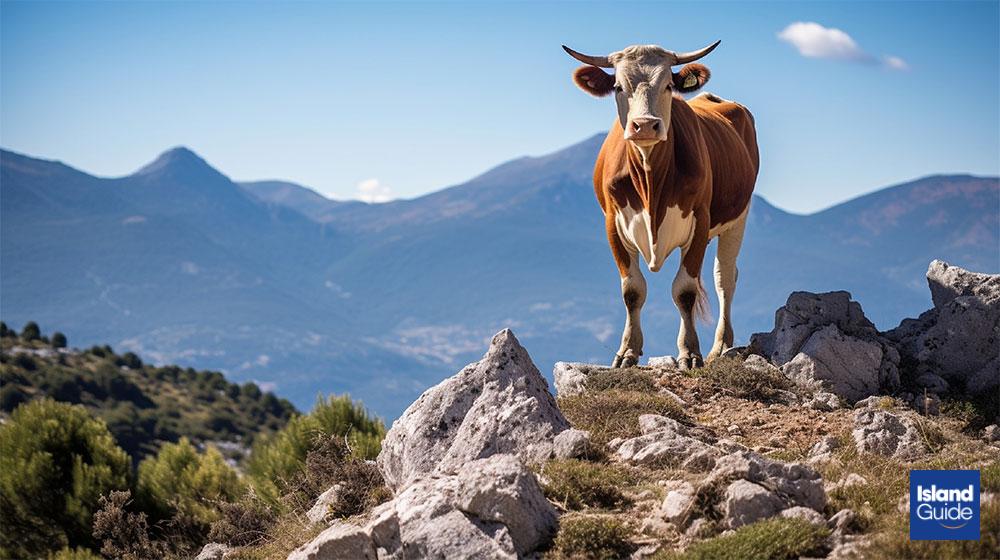
Corsica is not only captivating with its historical and cultural richness but also with its natural beauty. Especially with its mountainous terrain, turquoise sea, and breathtaking beaches, Corsica is a true paradise for nature lovers.
Corsican Mountains
Corsica is covered by a mountain range that stretches from east to west. One of the highest peaks, Monte Cinto, rises to 2,706 meters. The mountainous landscape provides an ideal environment for nature hikes and mountain biking year-round.
Calanques de Piana
These red limestone cliffs located on the west coast of the island create an impressive landscape where they meet the sea. Calanques de Piana offers a unique experience for visitors who want to hike along the coastline.
Bavella Forests and Peaks
Bavella forests are famous for their pine trees and granite peaks. Aiguilles de Bavella, with its steep and pointed peaks, is a standout feature. This region is a preferred destination for nature enthusiasts for trekking and climbing.
Golfe de Porto
Porto Gulf combines high cliffs, turquoise waters, and the island’s natural beauty. Recognized as a UNESCO World Heritage site, this area is known for its immense natural diversity and visual appeal.
Beaches
Corsica Island is famous for its extraordinary beaches. The golden sand of Palombaggia Beach, the turquoise waters of Rondinara Beach, and the secluded atmosphere of Saleccia Beach are just a few examples of the island’s beaches.
Restonica Valley
Restonica Valley is known for its clear waters, waterfalls, and mountain scenery. Hiking in this valley offers an adventure filled with lakes and ponds.
Corsica’s natural beauty is an important element that defines the island’s unique character and atmosphere. For those who wish to be close to nature, Corsica’s diverse and unique landscapes are waiting to be explored.
Corsican Cuisine

Corsican cuisine is known for its rich, unique, and delicious dishes made with fresh and flavorful Mediterranean ingredients. Combining Italian and French influences, Corsican cuisine highlights local products and offers delectable flavors.
Brocciu
One of Corsica’s most famous cheeses, Brocciu, is made from goat and sheep milk. This fresh cheese is used in salads, omelets, or in a traditional Corsican dessert called “fiadone.”
Lonzu and Prisuttu
Among Corsica’s famous cured meat products are Lonzu and Prisuttu. Lonzu is a type of sausage-like product made from pork and seasoned with spices. Prisuttu is Corsica’s renowned dried ham.
Civet de Sanglier:
Wild boar, abundant in the forests of Corsica, is used in a traditional Corsican dish known as “Civet de Sanglier,” a slow-cooked wild boar stew enriched with spices.
Aziminu
Aziminu is a commonly consumed Corsican soup. Made by blending vegetables, legumes, meat, and spices, this soup serves as a warm and nourishing option during the winter months.
Veal Sauté (Veau aux Olives)
Sautéed veal cooked with olive oil and black olives is a beloved dish in Corsican cuisine. It is typically seasoned with white wine and spices.
Fiadone
One of Corsica’s traditional desserts, Fiadone, is a type of cheesecake made with Brocciu cheese, eggs, sugar, and lemon zest. It is often enjoyed on special occasions and celebrations.
Canistrelli
Canistrelli is Corsica’s traditional biscuit, made with flour, sugar, olive oil, and anise seeds. It is commonly consumed with coffee or as a snack.
Clementine de Corse
Corsica’s famous Clementine orange acquires a unique taste and aroma due to the island’s climate and soil. Clementine de Corse is one of the island’s beloved fruits and is used fresh or in beverages.
Corsican cuisine stands out for its careful use of local ingredients and the preparation of delicious dishes using traditional methods. Trying this cuisine means discovering a part of Corsican culture with its rich flavors and aromas.
Conclusion
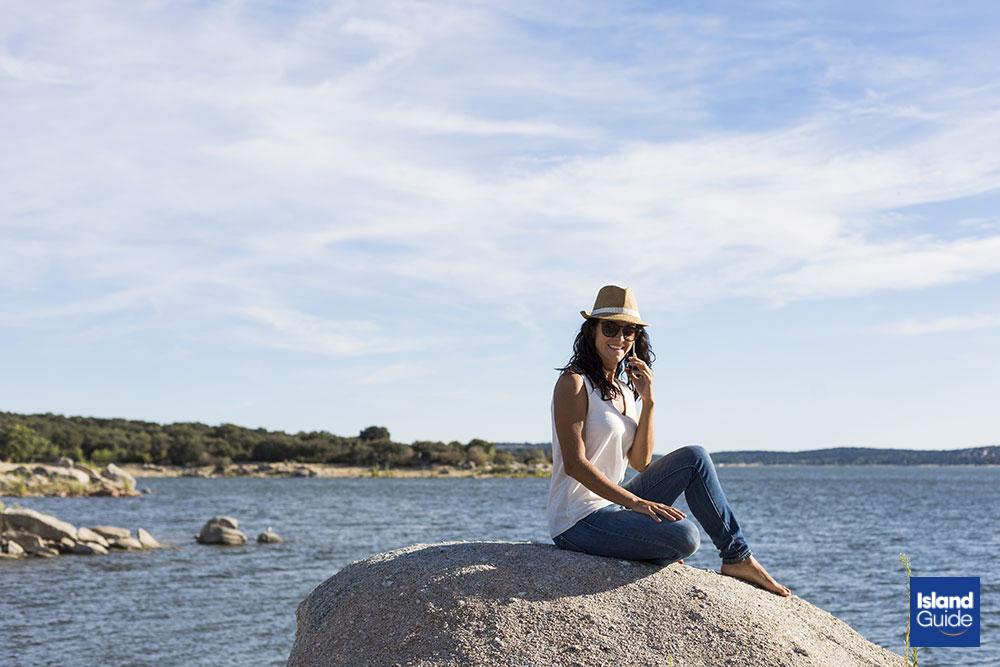
Corsica Island, with its unique natural beauty, rich historical heritage, and distinctive cuisine, is a one-of-a-kind destination. This Mediterranean island has carried traces of different civilizations throughout its history and has bequeathed a rich cultural heritage to the present day.
Corsica, which houses historical structures, fortresses, and old towns in nearly every corner, offers plenty of places to explore for history enthusiasts. The fortresses shaped by Genoese architecture, the house where Bonaparte was born, charming seaside villages, and historical monuments shed light on the island’s past.
For nature lovers, Corsica is truly a paradise with its mountainous landscapes, breathtaking beaches, canyons, and lakes. Activities like hiking, mountain biking tours, and water sports are ideal for those who want to discover the island’s natural beauty.
Corsican cuisine combines Italian and French influences to offer unique and delicious flavors. Products like Brocciu cheese, Lonzu, and Prisuttu cured meats, soups made with local vegetables, wild boar dishes, and distinctive desserts reflect the island’s gastronomic richness.
In conclusion, Corsica Island presents an extraordinary blend of history, nature, and flavors, providing visitors with an unforgettable experience. The island’s unique atmosphere and diverse activities are designed to cater to all types of travel enthusiasts. Corsica promises a unique adventure for those eager to explore.
Frequently Asked Questions
You can typically reach Corsica by ferry or plane. You can take a ferry to Corsica from various ports in France or Italy. Additionally, you can also reach Corsica by plane with direct flights to airports in cities like Ajaccio, Bastia, and Calvi.
Corsica is known for its turquoise waters and golden sandy beaches. Beaches like Palombaggia, Santa Giulia, Saleccia, Rondinara, and Ostriconi are among the most beautiful and popular beaches on the island.
Corsica offers a variety of activities for nature enthusiasts. Popular activities on the island include mountain hiking, trekking, mountain biking tours, water sports such as diving, snorkeling, and windsurfing, canyon excursions, and nature exploration.
The historical riches of Corsica include Calvi Citadel, the City and Citadel of Bonifacio, Ajaccio Cathedral, Corte Citadel, the village of Sant’Antonino, and the historic walls of L’Île-Rousse Tower.
Corsican cuisine includes flavors like Brocciu cheese, Lonzu and Prisuttu dry meat products, Civet de Sanglier (wild boar stew), Aziminu soup, Veau aux Olives (olive oil veal), and Fiadone dessert. Also, don’t forget to try the famous Clementine de Corse orange from the island.
Spring and autumn are generally ideal times to visit Corsica. During these seasons, the weather is pleasant, there are fewer crowds, and nature is vibrant. However, if you want to enjoy the beaches, the summer months can also be a good choice.
“In Corsica, accommodation options include hotels, resorts, apartments, campgrounds, and mountain lodges. You can find accommodation units with varying prices and services in city centers or coastal areas.”


